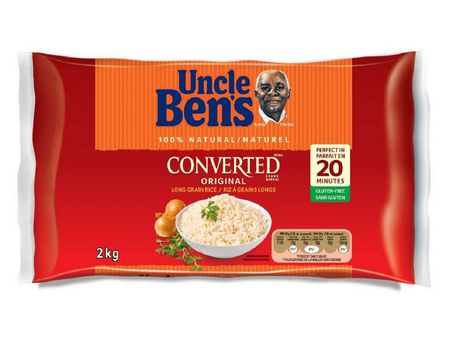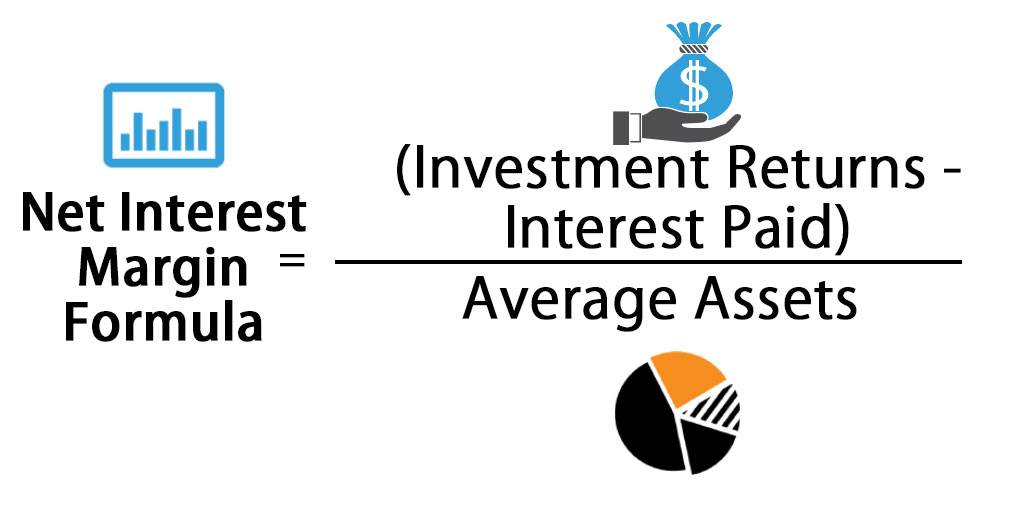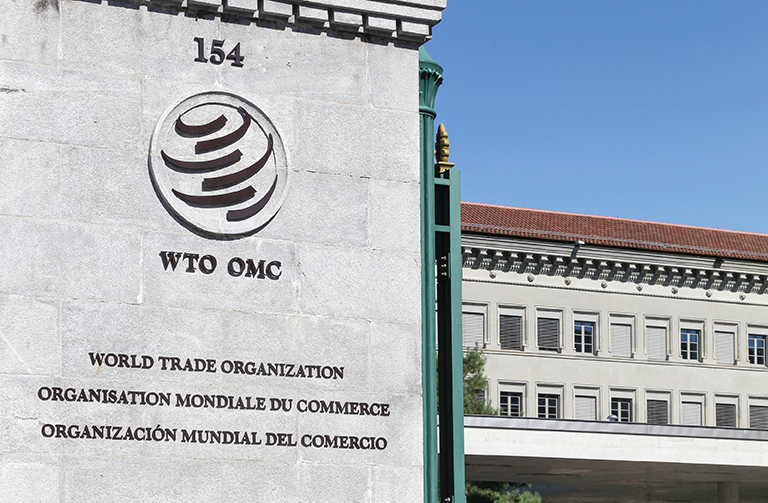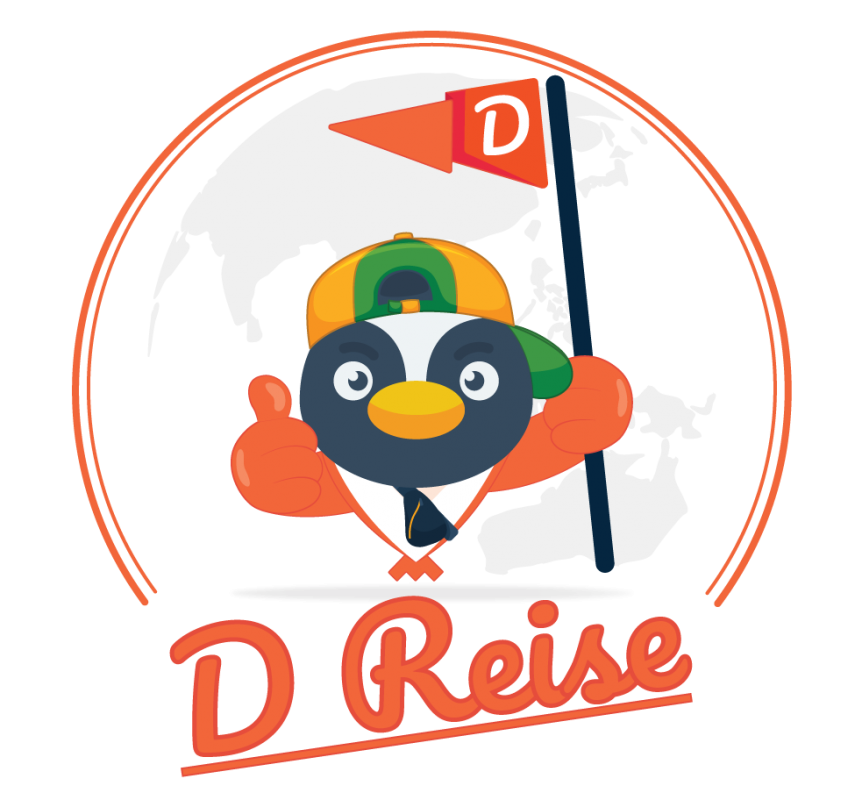Contents:


If the dividend per share for the upcoming year increases, keeping the other factors constant, the cost of equity will increase. To study the factors affecting the capital structure of the selected companies. Dividend is not considered as tax deductable expenditure for the company. The information, product and services provided on this website are provided on an “as is” and “as available” basis without any warranty or representation, express or implied. Khatabook Blogs are meant purely for educational discussion of financial products and services.
Diebold Nixdorf, Incorporated Receives Continued Listing Standard … – PR Newswire
Diebold Nixdorf, Incorporated Receives Continued Listing Standard ….
Posted: Fri, 05 May 2023 22:51:00 GMT [source]
Except the retained earnings, all other sources of funds have explicit cost of capital. For an investment to be worthwhile, the anticipated return on capital has to be larger than the price of capital. Given a number of competing investment alternatives, buyers are anticipated to place their capital to work so as to maximize the return. The market timing theory asserts that companies issue equity when the stock market is overvalued and repurchase shares or issue debt when the market is undervalued. The trade-off theory suggests that companies balance the benefits of debt financing (e.g., tax shield) with the costs of financial distress and bankruptcy risk.
Evaluating and Comparing Investments
The finance functions are broadly classified into three categories namely Investment Decisions Financing Decisions and Dividend Decision. Investments in securities market are subject to market risk, read all the related documents carefully before investing. When a country’s economy shows signs of a slowdown, it discourages further investments from FIIs.
In case of equity, investors will provide capital in exchange for a percentage of the profits – i.e. a stake in the business. In the case of debt, a business will take business loans from banks, NBFCs and such other institutions – the repayment being in the form of interest, and eventually, the principal amount. In Equation 5.7 and the subsequent discussion, it has been assumed that equity dividends are payable only annually. Equation 5.7 does not seem to be practical one as it requires to ascertain the market price at the end of year n, when the share is eventually sold.
Except for factors affecting cost of capital, all the sources of funds incur a cost for the company and return for providers. This theory is considered to be the beginning of the modern theory of capital structure. According to MM, in perfect capital markets without taxes and transaction cost, a firm’s market value and the cost of capital remain invariant to the capital structure changes. This is because debt typically costs more than returns on shares, and interest income is taxed more heavily.

By considering the factors that influence the cost of capital, companies can optimize their capital structure, evaluate investment opportunities, and adapt to changing market conditions. In the Indian context, businesses must remain vigilant about the evolving economic landscape and regulatory environment to navigate the complexities of the cost of capital effectively. As we move forward, the cost of capital will continue to play a central role in shaping businesses’ financial strategies and investment decisions.
The formula of Cost of Equity
The inner fee of return , on the other hand, is the low cost fee used in capital budgeting that makes the web present value of all money flows from a selected challenge equal to zero. For example, a company could evaluate an funding in a brand new plant versus increasing an current plant primarily based on the IRR of every project. Once price of debt and value of fairness have been decided, their mix, the weighted average price of capital , may be calculated. A shut relationship exists between WACC and IRR, nevertheless, as a result of together these ideas make up the decision for IRR calculations.
Now, the investor before making a decision to invest the funds in the firm will compare the returns offered by the firm with the returns he can get elsewhere. In other words, the investor will be ready to supply the funds only if the firm offers a return which is at least equal to the opportunity cost of the investor. The opportunity cost of the investor may be defined as the return foregone by the investor on the alternative investment opportunity of the same or comparable risk. So, the cost of capital of the firm may be defined as the opportunity cost of the suppliers of funds i.e., the investors. These funds can be procured from different types of investors i.e., equity shareholders, preference shareholders, debt holders, depositors etc.
This is due to the fact that the stock market is a highly volatile environment, where the share prices are constantly fluctuating. And when it comes to the stock market, there are several factors influencing share prices. Here’s some information on some of the most important factors affecting share prices in India, which can help you understand stock price movements better.
Factors affecting share prices
If existing shareholders want complete control then they should prefer debt, loans of small amount, etc. If they don’t mind sharing the control then they may go for equity shares also. Each capital component takes up a certain portion of the business’s capital structure. Essentially, the WACC allows a business to identify the minimum rate of return on all of its invested funds by proportionately averaging the specific mix of debt and equity financing the company is using. Normally, the capital funds come from a pool of different sources, none of the elements of which can or should be specifically identified with the particular proposals under review.
The Coverage Ratio is negatively related to the capital structure and it is also not statistically significant. The NDTS is negatively related to the capital structure and p-value of 0.166 shows that it is not statically significant. The Business Risk is positively related to the capital structure but this is also not statically significant. The Tangibility Coefficient of .463 indicates that there is a positive correlation between the tangibility and capital structure.
- However, it’s important to remember that there is no magic formula for optimal capital structure.
- Equation 5.12 can be interpreted as that the cost of equity share capital ke is the present dividend yield plusthe growth rate, g.
- A company’s capital structure affects how much risk it takes and how much it can grow, and it’s important to choose the right balance of debt and equity to be successful.
- To study the effect of the various variables such as Profitability, Tangibility, Size of the firm, Liquidity, Business Risk, Non-Debt Tax Shield and Coverage Ratio on the Capital Structure.
- Of capital is one of the important factors while designing capital structure.
Owners or equity shareholders expect a return on their investment i.e., earning per share. As far as debt is increasing earnings per share , then we can include it in capital structure but when EPS starts decreasing with inclusion of debt then we must depend upon equity share capital only. The share of ABC Ltd. is presently traded at ` 50 and the company is expected to pay dividends of ` 4 per share with a growth rate expected at 8% per annum. The merchant banker has suggested that an under pricing of Rupee 1 is necessary in pricing the new issue besides involving a cost of 50 paise per share on miscellaneous expenses. Find out the cost of existing equity shares as well as the new equity given that the dividend rate and growth rate are not expected to change. The potential investors of equity share capital must estimate the expected stream of dividend from the firm.
The repayments have not been considered as the debt is taken as perpetual. It may be noted that the concept of perpetual debt is theoretical in nature, otherwise debt, being a type of a loan is always repayable. In India, the whole market return can be approximated using the BSE Sensex or Nifty 50 index. This certificate demonstrates that IIFL as an organization has defined and put in place best-practice information security processes.
Net debt ratios are widely used in credit analysis, and the quick and current ratios are the most common. In general, lower debt levels are more attractive than higher equity levels, and credit agencies use this ratio to determine the quality of a company’s capital structure. Capital structure is an important factor in gauging a company’s potential.
You’ll want to start by identifying the main differences between these types of capital. Thus, the company can opt for a higher proportion of debt in the capital structure and vice versa. So there’s a constant turmoil whether to pay more for capital or give up control. Equity Risk Premium refers to the excess return achieved by investing in the stock market, in comparison to risk-free returns . Having considered what cost of capital means to a small business, and the factors that influence it, let’s understand how it is actually calculated. The cost of capital is affected by both, intrinsic and extrinsic factors.
Debt undoubtedly adds to the financial risks faced by a business and is more dangerous. High tax rate makes debt cheaper as interest paid to debt security holders is subtracted from income before calculating tax whereas companies have to pay tax on dividend paid to shareholders. So high end tax rate means prefer debt whereas at low tax rate we can prefer equity in capital structure. In order to apply the CAPM, the firm has to estimate the risk free rate, the rate of return on market portfolio and the beta factor.
However, if the preference shares are redeemable at par i.e., ` 100, then kₚ comes to 15.83%. This increase in cost of capital from 15.63% to 15.83% arises because of premium of ` 4 payable at the time of redemption. This premium is a gain to shareholders but reflect a cost to the company as indicated by the increase in cost of capital. The opportunity cost of the investors depends upon the nature and type of security being offered by the firm.
However, the firms with greater liquid assets may use these assets to finance their investments. If this happens there will be a negative relationship between the firm’s liquidity ratio and the debt ratio. Moreover, as Prowse argues that liquidity of the company assets can be used to show the extent to which these assets can be manipulated by shareholders at the expense of bondholders. Like many previous studies, in the present study the ratio of current assets and current liabilities has been used as a proxy for liquidity. For the first time, Modigliani and Miller argued that in a tax free world, the capital structure decisions are irrelevant and the value of the firm is independent of its capital structure.
1 Importance and Significance of Cost of Capital
Looking for small business loans to meet working capital requirements, purchase machinery, upgrade technology or simply hire new employees? Gromor Finance offers quick business loans to small businesses looking to meet their immediate funding requirements. Unlike larger organizations that hire dedicated teams for working capital management, for smaller businesses, the onus might fall on the owner or the core team. Keeping a check on day-to-day needs might be cumbersome, leading to situations where there might be a disconnect between demand and supply. As the default risk of the firm increases the cost of bonds and debentures will also increase.

It is a crucial metric for evaluating investment opportunities and determining the appropriate discount rate for capital budgeting decisions. Several variables like market risk, the firm’s risk profile, dividend policy, interest rates, market liquidity, and company size, can have an impact on the cost of equity. Comparison of actual profitability of the investment projects undertaken by the firm with the project overall cost of capital, and the actual cost incurred by management in raising the required funds. The cost of capital also plays a useful role in dividend decision and investment in current assets.
But, this theory assumes that at moderate level of leverage, the increase in the cost of equity is more than offset by the lower cost of debt. Of capital is one of the important factors while designing capital structure. In case of debt holder, the rate of interest is fixed, while rate of dividend given to shareholder is not fixed. A company’s capital structure refers to the sources of financing the firm uses to fund its operations. Most companies use a combination of short-term and long-term debt and equity to finance their business operations.
CMS Energy announces cash tender offers for up to $150 million of … – Marketscreener.com
CMS Energy announces cash tender offers for up to $150 million of ….
Posted: Wed, 03 May 2023 21:21:03 GMT [source]
Owner’s funds or Equity includes Preference share capital, equity share capital, retained earnings, reserves, and surpluses. While debt or borrowed funds include public deposits, loans, and debentures. Another factor which helps in deciding capital structure is cost of equity.
Economic conditions, a company’s dividend policy, capital structure, income tax rates, and investment choices are just a few of the variables that might affect a company’s WACC. Because investors may be more ready to pay more for shares if they think the company’s return on equity will be adequate to offset the risk, a company’s cost of equity can have an impact on its stock price. In contrast, investors may be less inclined to purchase shares if the cost of equity is thought to be too high, which can lower the stock price.
Whereas there is less cost involved in raising capital by loans or advances. It represents the part of overall business earnings that can be used by owners without impairing the ongoing operations. In case of an acquisition, the cost of capital would refer to the rate at which the funds are borrowed. In terms of application, the cost would refer to the return on investments. That the current market price of the share is a function of future expected dividends. If the preference shares are redeemable at the end of a specific period, then the cost of capital of preference shares can be calculated by Equation 5.5 (which is very similar to Equation 5.3).
Anand’s analysis of capital structure finds that the retained earnings are the most preferred source of finance followed by debt and then equity. The results seem to suggest that firms do not have specific capital structure in mind when deciding as to how best to finance their projects. Low growth firms prefer more use of debt in their capital structure vis-à-vis the high growth firms. Very few firms use hybrid securities as a source of finance to protect bondholders from the firm/shareholders taking on risky or unfavorable projects. The weighted average cost of capital is another important measure to consider. In this measure, the cost of debt to equity is multiplied by the proportion of each capital component.
The viability of an investment would depend on the return being equal to or greater than the cost of acquiring the funds invested. Given a variety of competing investment alternatives, buyers are anticipated to place their capital to work in order to maximize the return. The real interest rate is the interest rate payable to the lender for supplying the funds or in other words, for surrendering the funds for a particular period. In order to determine the relative importance of the various variables, the values of the Standardized Coefficients has been used. One of the major hindrances in using Regression Analysis is the problem of multicollinearity in the independent variables. Before applying the regression analysis, the multicollinearity of the independent variables was checked and the results of the same are given in the Table 3 below.
